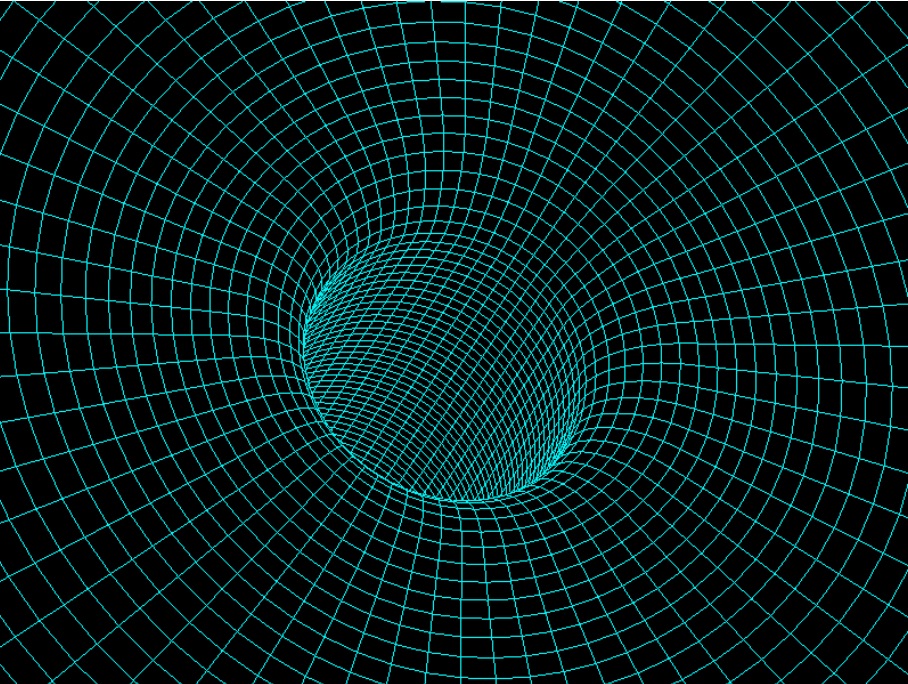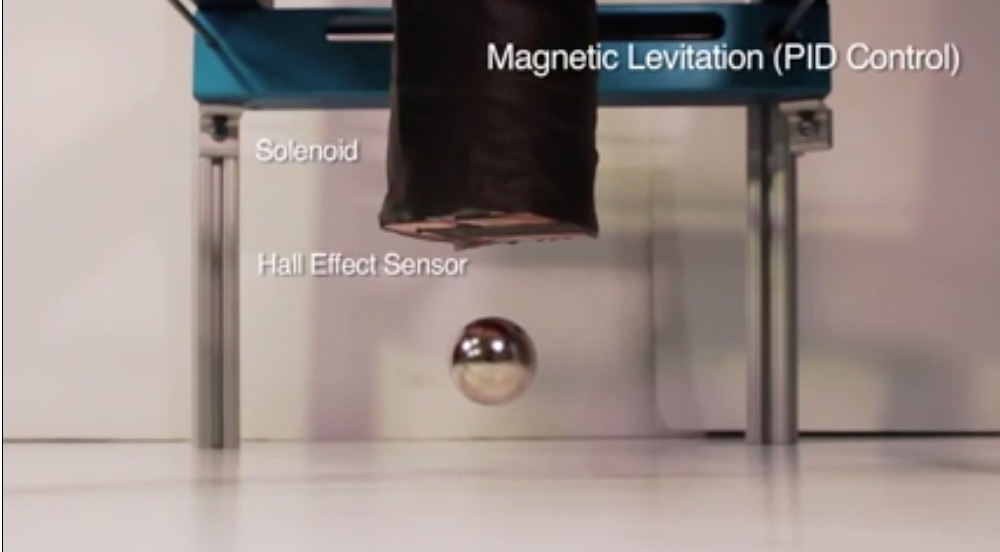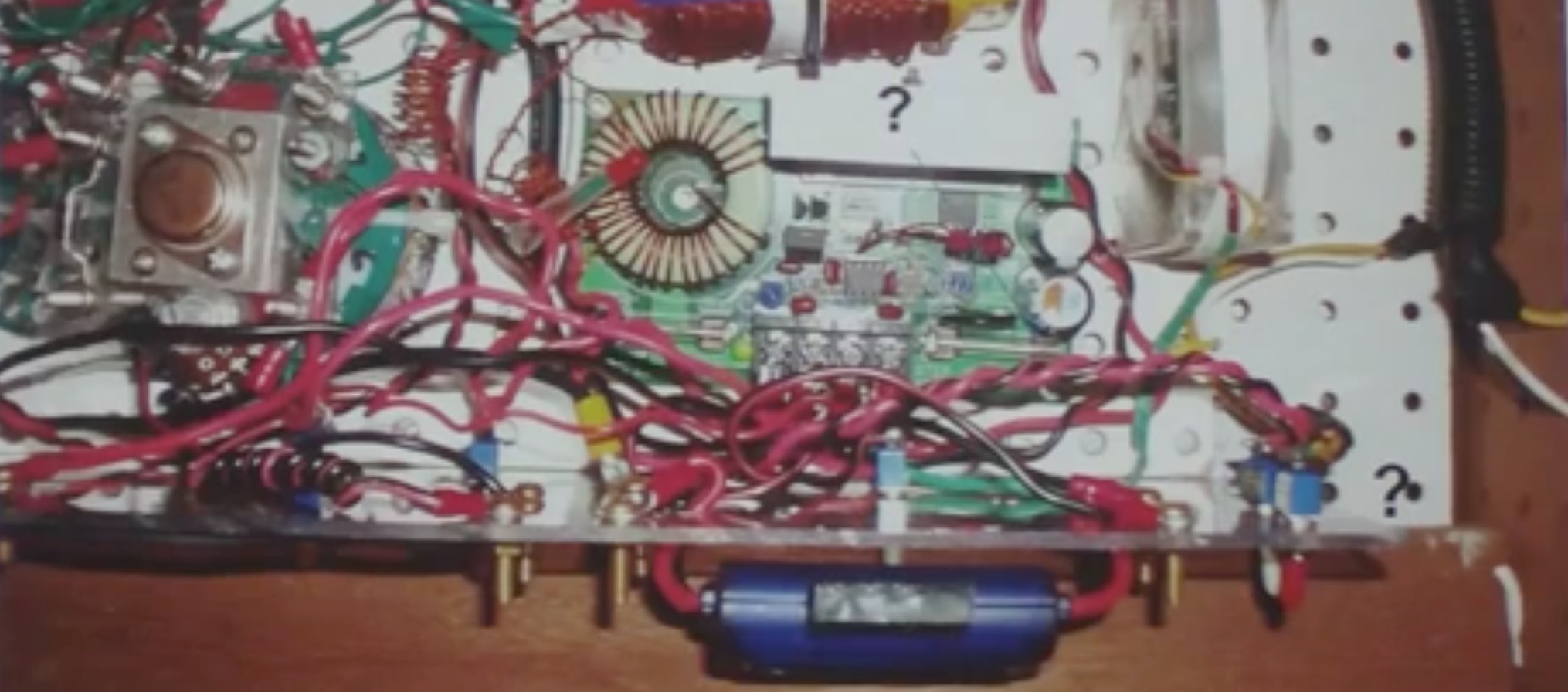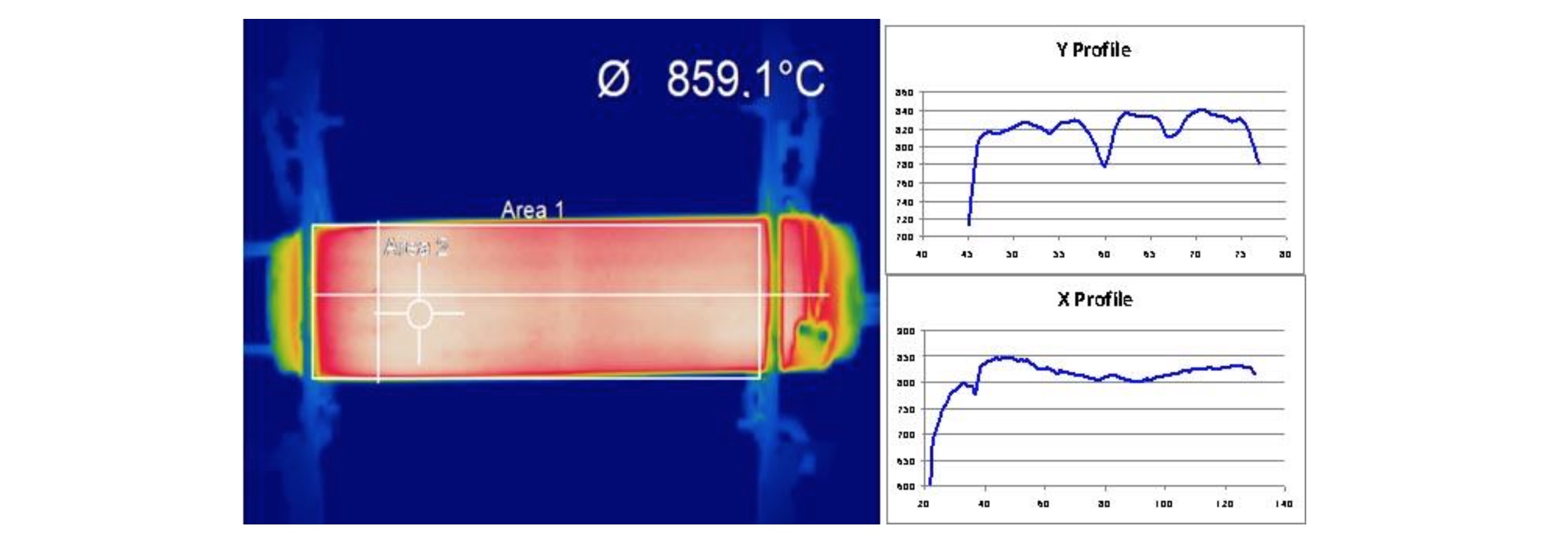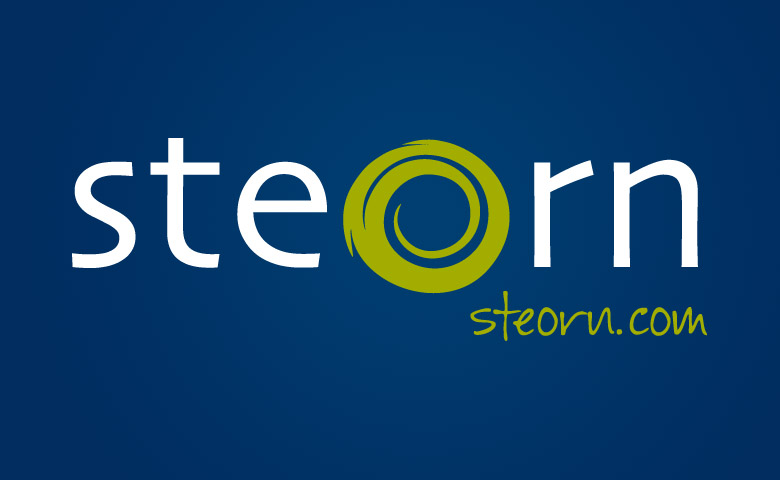Some time ago the thought occurred to me that the apparent violation of conservation of energy reported by Steorn might also be found in experiments to produce gravity-like fields, though at first glance the two would appear to be completely unrelated.
In April of 2007 while under an NDA to Steorn, I posted some very speculative threads within their private forum. The postings posited a connection between experiments in gravity modification (as reported by inventor Marcus Hollingshead) and results of anomalous heat generation in the Orbo device developed by Steorn. This posting explores those connections, but readers should realize that these are very speculative discussions and lack a set of experiments to make the connections clear.
At the time of my posts Steorn was claiming the generation of “joule heating” (known as the “Orbo effect”) with its device. To the detriment of Steorn’s reputation, their first public demonstration in 2007 was cancelled and another in 2009 drew criticism when it became clear that a battery to “prime” the excess heat into the system was used and frequently recharged and thus energy input could not be reliably measured without criticisms of tampering. In 2002 inventor Marcus Hollingshead had claimed generation of a gravity-like field in his “Marcus device” using a series of counter-rotating rings studded with electromagnets positioned around a charged iron core. His demo was similarly cancelled and he never came to market with his device.
Though this site is devoted to developing the discipline of gravity design, it has on occasion noted the similarities between the findings represented by Steorn’s Orbo and Rossi’s LENR-based E-Cat. In the book Gravity 2.0 those two inventions were the only technologies suggested as potential sources of energy for gravity-like generators. As with claims by Steorn, the E-Cat similarly exhibits (albeit with more solid verification) anomalous heat generation and injection of initial power to “prime” the generation of excess power. In addition there has also been the suggestion by Dr. Bruce Ahern that asymmetric magnetic pulses provide the key mechanism underlying LENR. Asymmetric magnetism is claimed by Steorn to be the mechanism of joule heating for its device.
What about the E-Cat? The E-Cat also makes use of pulsed magnetic fields to induce its effect. As stated in the Lugano (third party) report, “the resistor coils are fed with some specific electromagnetic pulses. Similarlly, Professor Mitchell Swartz of MIT showed how applying powerful magnetic fields to NANORs (his LENR device) improves their operating properties permanently. He calls NANORs treated with magnetic fields, “M-NANOR”. Application of magnetic fields appears to either underly or enhance LENR.
Recent findings by third party researchers in the “Lugano report” appear to validate Rossi’s claims of excess energy production for the “hot cat” version of the E-Cat and confirm it as a nuclear process shifting neutrons in the Nickel fuel to the Lithium fuel. The specific mechanism is yet to be clearly identified, though a recent suggestion of bound neutron tunneling is an interesting hypothesis suggesting the basis for the shift. It also suggests the possibility that the iron (Fe) additives to the E-Cat’s fuel may lose nucleons resulting in the decay of Fe to Mn.
Pulsed magnetic fields may make possible nuclear processes in LENR. Might they also initiate nuclear processes for generating gravity-like fields? Hollingshead suggested a nuclear mechanism for his gravity-like field generator. He stated that a Cambridge University based physicist reported the gravitational effect was due to “pushing protons into becoming neutrons” by pulsing the iron core at the center of the device with strong magnetic fields. This suggestion of magnetically induced nucleon interactions would mean that eventually the iron would be depleted and the effect diminished. Hollingshead reported that after about 200 hours the iron purity of the core was contaminated with sufficient byproducts so that it would stop working until the iron core was replaced. I suggested in a December 2005 article that the decay of Fe to Mn in the iron core might be the “contaminants” mentioned by Hollingshead in his communications.
What are the similarities between the Marcus device and Orbo? In June 2007 I made the following proposal on Steorn’s private forum:
The Steorn Effect is the magnetic (Sv) analog of a gravitomagnetic (Gv) effect first reported by Marcus Hollingshead.
I’ve always wondered why inventors touting the discovery of antigravity also often mention that their devices create free energy. Perhaps these effects are rough analogs where free energy is about magnetic lag and antigravity is about gravitational lag.
About the time that Mssrs. McCarthy and Daly [Steorn] were pondering the energy excesses of their wind generator, an inventor named Hollingshead was posting on the BBC boards about an AG device that he had refined through 161 iterations (though he preferred the term “modified gravity” to AG). Like Steorn he also stumbled upon his effect, first thinking it purely magnetic until a professor at Cambridge with whom he consulted essentially said, “What you have here is modified gravity lensing”.
In that thread I noted similarities of the two systems:
- Both involved the pulsing of magnetic fields (through rotation) of a strong ferromagnetic material with a weak ferromagnetic material. Orbo with strong (neodynium) rotors interacting with weak (ferrite) stators; Marcus device with strong (EM) rotors interacting with a weak (alpha iron) stator.
- Rotational speeds to achieve the effects were also similar, Orbo with a rotational speed of 14.5 m/s at the beginning of its “green zone” and the Marcus device at 19.8 m/s at the beginning of its gravitational effect.
- Both systems also exhibited parity, with Orbo rotation leading to excess energy, counter-rotation leading to absorbed energy; and the Marcus device rotation exhibiting “negative” gravity effects and counter rotation exhibiting “positive” gravity effects.
- One version of Orbo shown to those under an NDA was a radially magnetic version configured for continuous rotational motion where the stator presenting a strong circumferential North pole to the weak ferrites. Similarly, the Marcus device imposed a simultaneously pulsed North pole at opposite points across the diameter of the soft iron core in the x, y, and z axes by employing 6 electromagnets.
Despite both inventions lacking sufficient replication from third parties (the Marcus device particularly so) there are intriguing similarities. However, to date Steorn has not suggested a nuclear mechanism for Orbo and has not claimed that it is LENR. The E-Cat does have a nuclear mechanism and employs “magnetic pulsing” similar to reports for the Marcus device.
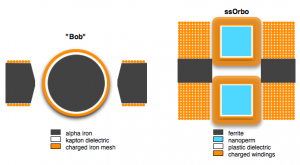
But is there unaccounted energy produced in generating gravity-like fields? In their first published paper describing a set of experiments to produce gravity-like fields, Martin Tajmar and his co-author Clovis deMatos (at the time an Advanced Concepts and Studies Officer at ESA) described a lack of conservation of energy produced that might be tied to dark energy. In an April 2007 article New Scientist entitled “Superconductors inspire quantum test for dark energy”, DeMatos stated that “We did the sums and found out that energy wasn’t conserved, but perhaps that was just because we were missing dark energy.” Extended Heim Theory also posits that the gravity-like fields generated by symmetry breaking could explain dark energy. However, the nature of the lack of energy conservation does not appear to be related to the energy released through LENR.
At this juncture the following appears to be the status of the various devices:
- The excess energy output of Rossi’s E-Cat has been validated by two independent reports, but replication by other independent parties is needed to fully validate those results.
- Steorn’s Orbo has yet to be validated except by third party consultants hired by Steorn. Further, Dr. Bruce Ahern’s suggestion that LENR is dependent upon asymmetric magnetism has yet to be tested as the basis of Steorn’s claims of asymmetric magnetism made over 7 years ago.
- Hollingshead’s “Marcus device” has yet to be publicly demoed, and no independent study has been publicly released.One common thread binding all of the above is that all of the inventors are still consider by many to be charlatans.
EHT has suggested mechanisms for producing gravitomagnetic “symmetry breaking” through either fermionic coupling (due to polarization of the vacuum induced by very strong magnetic fields), or bosonic coupling (induced by rotating superconductors producing Cooper pairs). In an early paper on EHT, “SPACETIME PHYSICS AND ADVANCED PROPULSION CONCEPTS”, the authors suggested that though the exact formation of Cooper pairs is not known the coupling of the electron pairs seems to be via phonons, generated by electron movement through the proton charge of the ions in the crystal lattice of the superconductor. LENR has also been called Lattice Energy Nuclear Reactions due to the suggested site of the nuclear transformation within the lattice of nickel particles through the excitation of phonons.
The final thought on this speculative thread is this… is there a third way to induce symmetry breaking (either fermionic or bosonic) that follows the pathway of LENR, gives credence to Hollingshead’s claims, and still supports the theory of EHT?
